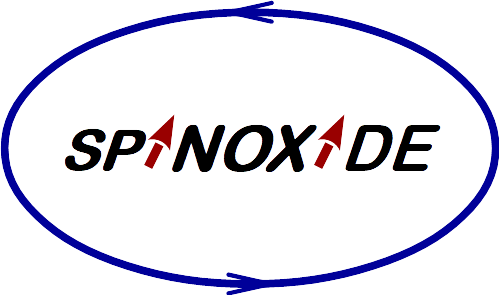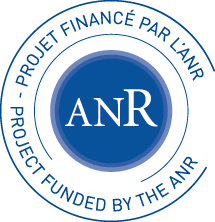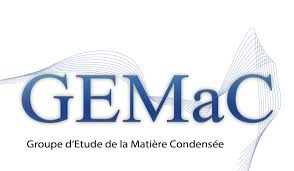

Navigation: home

Spin-based technology is viewed as a promising field on the “beyond-CMOS” roadmap as it offers a possible solution to reduce the heat of IT devices as their dimensions shrink. Exploiting the spin instead of, or in addition to, the charge degree of freedom, could lead towards new multifunctional devices offering non-volatility, higher processing speeds, higher packing densities and reduced power consumption. While spintronics is a multi-disciplinary field, there is a worldwide effort to integrate semiconductors and magnetic materials, as, at the very fundamental level, an efficient spin injection and detection of spin in semiconductors is essential to the field, but remains an unsolved issue.
On the other hand, one possible way out to circumvent the electrical spin injection challenge is to use polarized light as this is done in All-Optical Spin Switching. The method relies on ultra-fast circularly polarized laser beams to reverse spins from one direction to the other deterministically and avoids electrical spin injection or the use of external magnetic fields. It is very efficient in some ferrimagnetic thin films such as GdFeCo but also in semiconductors if optical selection rules are obeyed. In the latter case, ultrashort pulses are not required since the semiconductor acts as a photodetector, converting the light helicity into a spin current.
The goal of SPINOXIDE is to explore the combination of a ferrimagnetic oxide having a high Curie temperature with the semiconducting oxide ZnO to fabricate practical spintronic devices (wideband gap spin-photodetectors or spinLEDs) addressing the display and the drug industries. Engineered ZnO QW heterostructures and NW nanostructures will be designed to further extent the long electron spin coherence time at rt in ZnO - potentially by orders of magnitude – by effectively suppressing the dominant Dyakonov-Perel spin relaxation mechanism. Two ferrimagnets (Fe3O4 and Fe1.5Ti0.5O3), both chemically and electrically compatible with ZnO and having the potential of solving the challenge of efficient spin injection, will be tested and the best one selected to fabricate practical demonstrators.
The success of our approach relies on the assembly of individual spintronic building-blocks, mastered by the consortium partners independently, and the management of well identified risks.






 Last update 24/12/2019 - Copyright ©1996-2020 - CRHEA all rights reserved
- If you have any question about this site, contact the
webmaster- Legal
notice
Last update 24/12/2019 - Copyright ©1996-2020 - CRHEA all rights reserved
- If you have any question about this site, contact the
webmaster- Legal
notice